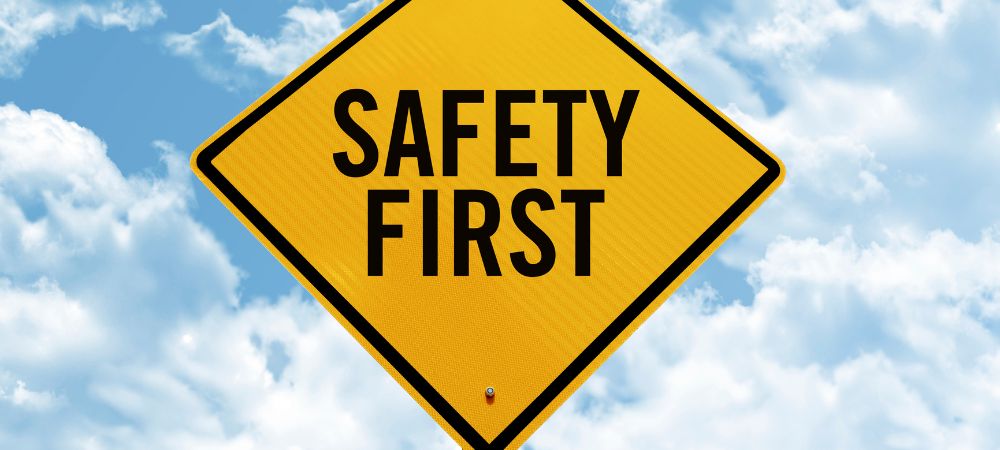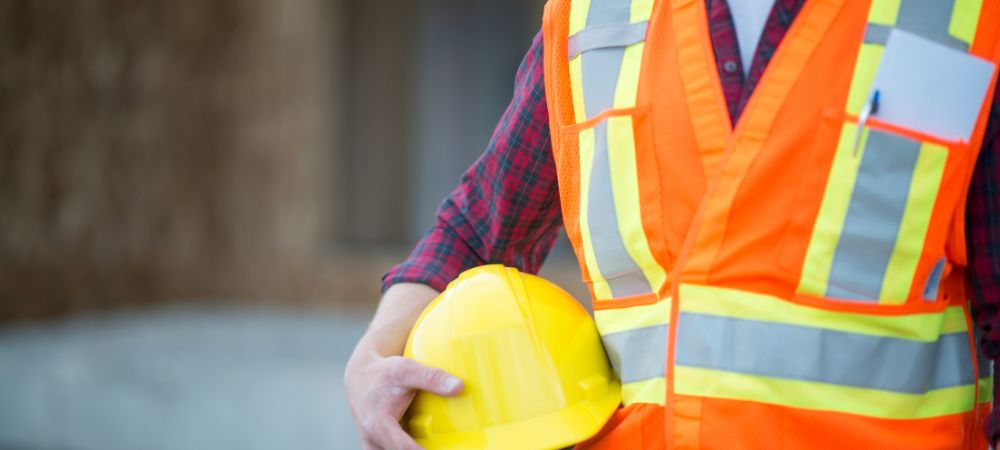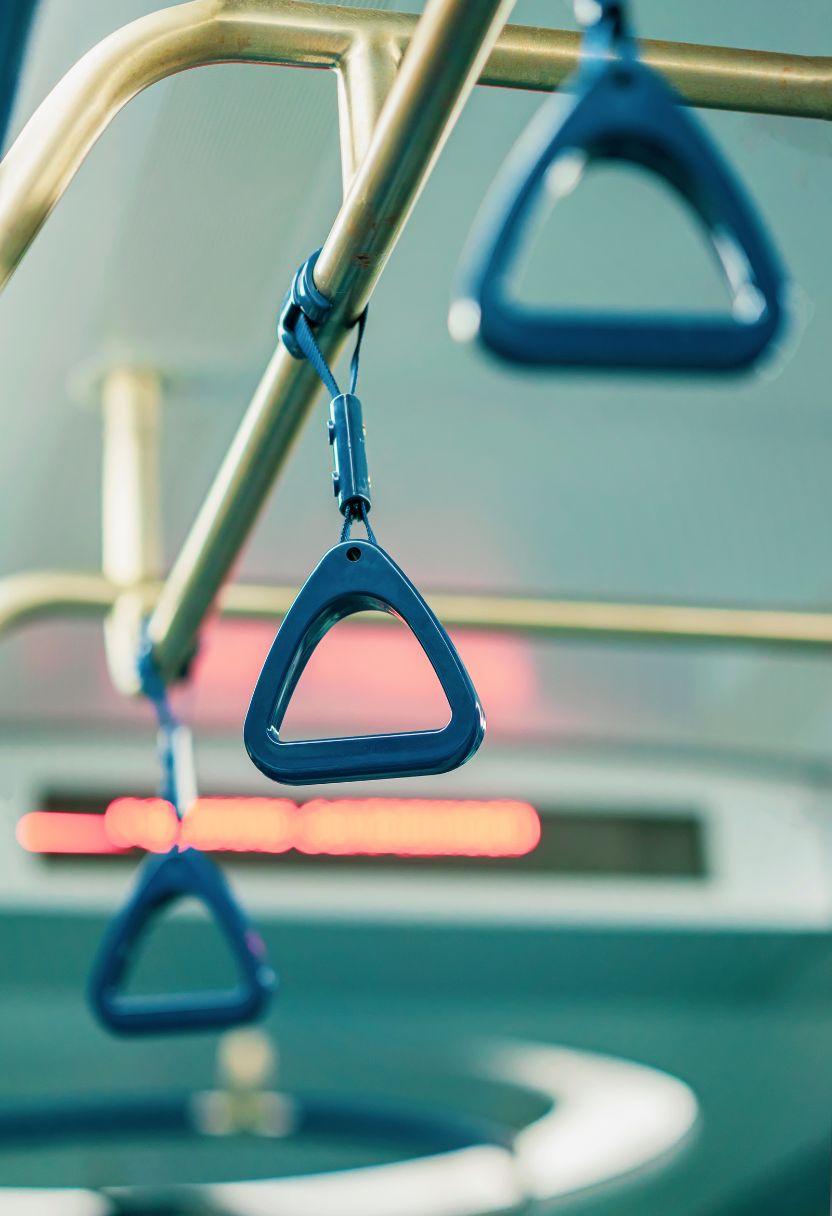

When discussing pedestrian safety initiatives, it's crucial to consider the statistics on pedestrian accidents and injuries. They ain't pretty. In fact, these numbers paint a rather alarming picture of just how dangerous it can be for folks on foot.
First off, let's not ignore the elephant in the room: pedestrian accidents are far more common than most people think. It's shocking but true that thousands of pedestrians get hit by vehicles every year. According to recent data, there were over 6,000 pedestrian fatalities in the United States alone last year! To learn more view that. That's like losing an entire small town's population annually.
Now, you might think injuries would be less severe if they didn't result in death – but oh boy, you'd be wrong! Pedestrian injuries often lead to significant physical harm and long-term disabilities. Broken bones? Yep. Head traumas? Absolutely. And don't even get me started on psychological impacts; many survivors suffer from PTSD after such traumatic events.
So why do we need more safety initiatives? Simply put, current measures ain't cutting it. Crosswalks with faded paint and traffic lights with short walk signals won't save lives effectively as well-designed infrastructure changes might. Educational campaigns about safe crossing practices are great too – if only more people actually paid attention!
Moreover, drivers' behavior is another critical factor here - they're not always cautious or alert when behind the wheel (and let's face it – sometimes downright reckless). Implementing stricter penalties for negligent driving could help reduce these incidents significantly.
In conclusion (not saying anything new here), improving pedestrian safety requires a multifaceted approach: better infrastructure design combined with educational outreach programs alongside stricter enforcement of traffic laws will make our streets safer for everyone who walks them daily without fear or hesitation!
Government Regulations and Policies for Pedestrian Safety
Pedestrian safety has always been a major concern in urban planning, but it's only recently that governments have started puttin' significant effort into addressing it. It's not like they haven't tried before, but let's face it – the results were often lackluster. The importance of safeguarding pedestrians can't be overstated, yet many cities are still playing catch-up with modern standards.
First off, one of the most basic regulations is the implementation of crosswalks and pedestrian signals at intersections. You'd think this would be standard everywhere by now, right? Well, it isn't! Some places still don't have enough crosswalks or even functional pedestrian signals. It's baffling how something so simple can be overlooked. But hey, better late than never!
Another key policy involves lowering speed limits in areas with high foot traffic. Slower speeds obviously reduce the severity of accidents when they do happen (and they will). However, enforcing these speed limits consistently is another story altogether. Without proper enforcement, drivers won't necessarily adhere to them just 'cause there's a sign saying so.
Of course, we can't ignore infrastructure improvements either. Sidewalks should be wide enough to accommodate all pedestrians comfortably – including those with disabilities. Unfortunately, many older cities haven't updated their sidewalks in decades! It's almost like they're stuck in a time warp or something.
Moreover, educational campaigns play an essential role too. Governments need to invest in teaching both drivers and pedestrians about road safety practices. Simple things like looking both ways before crossing the street or yielding to pedestrians at crosswalks can make a world of difference if everyone actually did them! Sadly though, these campaigns often don't get enough funding and thus fail to reach a broad audience.
Lastly – but certainly not least – stricter penalties for violations related to pedestrian safety must be enforced effectively. If people know they'll face hefty fines or other serious consequences for endangering pedestrians' lives, maybe they'd think twice before speeding through a school zone or ignoring a red light.
In conclusion (phew!), government regulations and policies aimed at pedestrian safety are crucial for creating safer urban environments. They aren't perfect by any means; there's always room for improvement! But as long as authorities continue focusing on comprehensive strategies that encompass education, enforcement and infrastructure development - we're definitely heading in the right direction... even if progress seems slow sometimes!
So let's hope we see more proactive measures being taken sooner rather than later because every step counts towards making our streets safer for everyone who uses them!
Community policing has always been a hot topic when it comes to enhancing public safety.. It's about building trust and cooperation between the police force and the communities they serve.

Posted by on 2024-07-06
Emergency response times are critical for public safety outcomes, and improving them can have a significant impact on the well-being of communities.. It's not an exaggeration to say that every second counts during emergencies.

Posted by on 2024-07-06
In today's digital age, promoting public awareness and education on cyber hygiene practices is more crucial than ever.. Cybersecurity measures play a vital role in ensuring public safety, yet many folks don't realize just how important they are until it's too late.

Posted by on 2024-07-06
In today’s fast-paced world, safeguarding your community isn't just a necessity; it’s an art.. Many communities have thrived by following some essential steps that might not be immediately apparent to everyone.

Posted by on 2024-07-06
When we talk about transforming public safety, particularly in our neighborhoods, one of the most effective strategies is fostering youth engagement programs.. It ain't just about keeping kids off the streets; it's about giving them positive outlets that can actually change their lives and reduce juvenile delinquency.
You see, young people need direction.

Posted by on 2024-07-06
When we talk about pedestrian safety initiatives, infrastructure improvements like crosswalks, traffic signals, and sidewalks can't be overlooked. It's not just about making our streets look better-it's about saving lives. You wouldn't think that something as simple as a painted line on the road could make such a big difference, but oh boy, it does!
Crosswalks are more than just lines; they're lifelines for pedestrians. When folks know exactly where to cross, drivers have no excuse for ignoring them. But here's the catch: not all crosswalks are created equal. Some are too faded to see or placed in areas with poor visibility. We can't expect people to use them if they don't feel safe doing so.
Traffic signals are another key player in this game of life and death on the streets. Without 'em, intersections become chaos zones where cars and pedestrians compete for space-and guess who usually loses? Pedestrians do! Properly timed signals give everyone their turn and reduce the chances of accidents happening because someone was trying to beat the light.
And then there are sidewalks-or sometimes, the lack thereof. Can you believe some neighborhoods still don't have 'em? That's just asking for trouble! Sidewalks provide a designated space for walking that's separate from vehicles zooming by. They also encourage people to walk more, which is great for health but only if it's safe.
We shouldn't forget that these improvements aren't magic wands either. Just putting up a few signs or painting lines won't solve everything overnight. It takes consistent effort and maintenance to ensure these infrastructures remain effective over time.
So yeah, investing in crosswalks, traffic signals, and sidewalks might seem like small steps-but they're giant leaps toward making our communities safer for everyone who walks them every day. Let's not wait until more lives are lost before taking action; let's start today!

Public Awareness Campaigns and Education Programs are crucial pieces of the puzzle when it comes to Pedestrian Safety Initiatives. You see, not everyone is always paying attention or following the rules when they're walking around town. Sometimes you just gotta remind folks about the basics.
First off, let's talk about Public Awareness Campaigns. These are like big ol' billboards and social media posts that tell people to "Stop, Look, and Listen" before they cross the street. It's amazing how effective a simple sign can be! They don't always work on everyone, but hey, if even one person pays attention and avoids an accident, isn't that worth it? Oh yes!
Then there's Education Programs. These are more hands-on, usually aiming at kids in schools or community groups. Remember those days in school where someone came in and talked about safety? Well, those programs still exist! And they're important because they teach kids how to navigate streets filled with cars zooming by every which way. Schools aren't just for math and science; sometimes it's all about learning how not to get hurt.
But it's not enough just putting up signs or giving lectures once in a blue moon. Consistency matters too! People got short memories; today's lesson can be easily forgotten tomorrow. So these campaigns need refreshers now and then - maybe a catchy jingle or a mascot could help?
And let me tell ya', without proper funding none of this would be possible. Governments need to prioritize pedestrian safety just as much as anything else on their agendas. We can't rely solely on individuals to keep themselves safe – infrastructure plays a huge role too.
So yeah, Public Awareness Campaigns and Education Programs might seem like small parts of a bigger picture, but don't underestimate their power! They're essential tools for making our streets safer for everyone who walks them everyday.
In conclusion (not that anyone really concludes anymore), pedestrian safety isn't gonna improve itself overnight. But through persistent awareness efforts and educational initiatives we can make significant strides towards safer communities for all pedestrians out there.
Technological Innovations in Pedestrian Safety
Pedestrian safety has always been a concern. With the rise of urbanization, it's becoming more important to find effective ways to protect people on foot. Fortunately, technological innovations are stepping in to make our streets safer. These advancements, such as smart crosswalks and pedestrian detection systems, ain't just fancy gadgets; they're lifesavers!
Smart crosswalks are one of those cool new ideas that's catching on fast. Imagine walking up to a crossing and the lights automatically change in your favor! These crosswalks use sensors to detect when someone is waiting to cross and then signals the traffic lights accordingly. It's not only convenient but also reduces the chances of accidents caused by impatient drivers who might not see pedestrians in time.
Of course, we can't ignore pedestrian detection systems either. You know that feeling when you're about to step off the curb and suddenly realize a car's speeding around the corner? Well, these systems are designed precisely for those nerve-wracking moments. Cars equipped with pedestrian detection technology can identify human shapes on or near the roadway and alert the driver-or even apply brakes automatically if necessary. Some folks might think this tech is unnecessary, but it's already proving its worth by preventing countless collisions.
However, it's not all sunshine and roses. Despite these advancements, there're still challenges to overcome. For instance, bad weather conditions like heavy rain or snow can sometimes mess with sensors' accuracy in both smart crosswalks and detection systems. Moreover, integrating these technologies into older infrastructure isn't cheap nor easy.
And let's not forget about human behavior! People often jaywalk or get distracted by their phones while crossing streets-no amount of tech can completely eliminate those risks unless we change our habits too.
In conclusion (phew!), while technological innovations like smart crosswalks and pedestrian detection systems are making strides towards enhancing pedestrian safety, they're not without their limitations. We shouldn't become complacent just because there's new tech out there; instead, let's continue working together-tech developers, city planners, drivers and pedestrians alike-to create safer environments for everyone.
Wow! Isn't it amazing how far we've come?
Community involvement and local initiatives to enhance safety are crucial, especially when it comes to pedestrian safety. It ain't just about putting up signs or painting crosswalks; it's about the whole community coming together to make the streets safer for everyone. Pedestrian accidents are a big concern in many areas, yet some folks still don't take it seriously enough.
One key element is raising awareness among residents. People need to know how dangerous it can be out there for pedestrians. Local councils might organize workshops or distribute flyers, but if the community doesn't engage, all these efforts go down the drain. It's not only about education, though that's important too; it's also about encouraging people to take action.
Moreover, local initiatives often involve collaborations between different groups – schools, businesses, neighborhood associations. For instance, a school might partner with local law enforcement to create safe routes for kids walking home. Or a business district could fund better lighting and signage around their shops. But let's face it: without genuine community support, these measures won't have much of an impact.
Interestingly enough, technology's playing a bigger role nowadays in enhancing pedestrian safety through local initiatives. Some cities use apps where residents can report unsafe intersections or broken sidewalks directly to municipal authorities. And guess what? These reports usually get quicker responses since they're coming straight from the people who experience these issues daily.
Yet another aspect of community involvement is advocacy work – pushing for policy changes that prioritize pedestrian safety over convenience for drivers. This might mean lobbying city officials for lower speed limits in residential zones or more stringent penalties for reckless driving.
But let's not kid ourselves; change doesn't happen overnight. There're always challenges like funding constraints and bureaucratic red tape which can slow progress down considerably. Still, when communities unite around common goals such as making streets safer for pedestrians – well then ya got something powerful going on!
So yeah – while individual efforts matter immensely – they're even more effective when backed by collective action within the community itself! Everyone has a role here whether you're organizing events at your child's school or simply being mindful of others while driving around town!
Case Studies of Successful Pedestrian Safety Programs
Pedestrian safety, often overlooked in the hustle and bustle of city planning, is crucial for creating livable urban environments. While it's easy to assume that more cars mean better development, that's not always the case. In fact, several cities across the globe have demonstrated that prioritizing pedestrian safety can lead to vibrant communities. Let's delve into some successful pedestrian safety programs.
First up is New York City's Vision Zero initiative. Launched in 2014, this program aimed to eliminate all traffic fatalities and severe injuries. They didn't just focus on one thing; they tackled it from every angle! Lowering speed limits, redesigning dangerous intersections, and increasing enforcement were key elements. The results? By 2018, NYC saw its lowest number of pedestrian deaths since record-keeping began.
Across the pond in Oslo, Norway, they've done something quite remarkable too. Oslo's approach was multifaceted-improving infrastructure and changing policies were at its core. They created car-free zones in densely populated areas and improved crosswalks with better lighting and clearer signage. And guess what? In 2019, they reported zero pedestrian fatalities for the first time ever!
Now let's talk about Bogota in Colombia-a city that's known for its chaotic traffic but also for innovative solutions under Enrique Peñalosa's mayoralty. Implementing Ciclovía (a weekly event where main roads are closed off to cars) has encouraged walking and cycling over driving. This not only reduced accidents but made people feel safer on foot.
You might think smaller towns can't make big impacts-but you'd be wrong! Take Houten in the Netherlands as an example-a place designed primarily for pedestrians and cyclists rather than cars. Their network of car-free pathways ensures residents can walk or bike anywhere safely without worrying about vehicular traffic.
In Melbourne, Australia they've focused on education alongside infrastructural changes through their "Walk Safe" program targeting schools specifically. Teaching kids road safety skills while redesigning school zones with additional crossing guards has drastically cut down on child-related accidents around schools.
But hey-it's not all rosy everywhere! Some initiatives fail due to lack of funding or poor implementation strategies-not every plan turns into success overnight-or even at all sometimes!
One common thread among these successes is community involvement; getting locals invested means they're more likely to follow new rules or support changes-even if it seems inconvenient initially.
So there you have it: a glimpse into various successful pedestrian safety programs from around our world showing us diverse ways cities can become safer for everyone who walks them daily-no small feat given how daunting urban challenges appear sometimes!
And remember folks: safer streets aren't just good policy-they're essential human rights ensuring we all get home safe'n sound each day!
